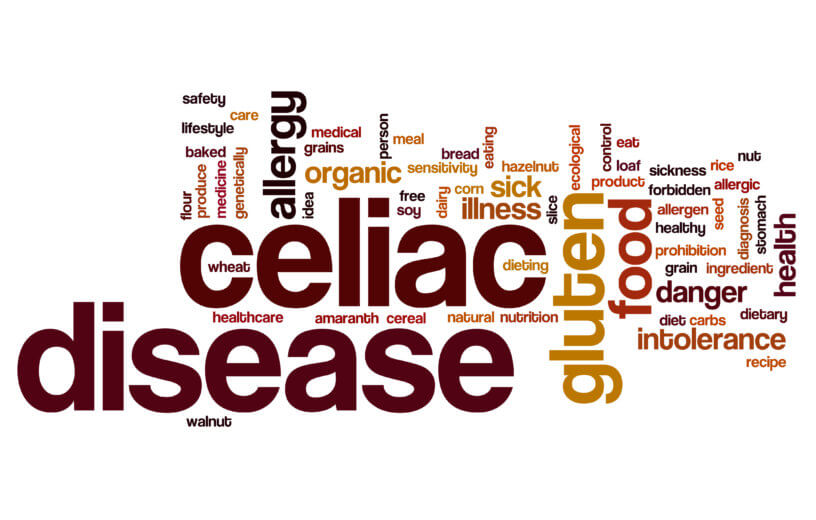CHICAGO — If you are dealing with celiac disease and one day hope to eat wheat, rye, or barley, a revolutionary new treatment may be on the way. A clinical trail using technology developed at Northwestern University has shown it is indeed possible to cut back on immune tolerance to gluten in people dealing with celiac disease. Researchers are hopeful that these breakthroughs may one day pave the way for celiac patients to eat gluten on a regular basis.
After being treated with this new technology, dubbed CNP-101, patients were able to eat gluten products and experience significantly less inflammation. Patients’ small intestines also appeared to be better protected from gluten exposure.
This astounding new technology is a biodegradable nanoparticle containing gluten that actually “teaches” or communicates to the patients’ immune system that gluten is safe. Researchers compared this approach to a Trojan horse that hides the gluten within a friendly exterior, initially tricking the immune system not to attack.
This technology isn’t necessarily limited to celiac disease either, researchers believe it could conceivably be used to treat multiple other disorders and allergies such as multiple sclerosis, asthma, type 1 diabetes, and peanut allergies.
Stephen Miller, the treatment’s creator and a professor of microbiology and immunology at Northwestern University Feinberg School of Medicine, says he has been working on and refining this technology for decades.
“This is the first demonstration the technology works in patients,” Miller explains in a release. “We have also shown that we can encapsulate myelin into the nanoparticle to induce tolerance to that substance in multiple sclerosis models, or put a protein from pancreatic beta cells to induce tolerance to insulin in type 1 diabetes models.”
As the allergen-loaded (in this case gluten) nanoparticle is injected into a patient’s bloodstream, the immune system sees it as harmless debris and allows it to pass it by. Then, the nanoparticle is eaten by a macrophage, or a cleaning cell in the human body that gets rid of cellular debris and pathogens.
“The vacuum-cleaner cell presents the allergen or antigen to the immune system in a way that says, ‘No worries, this belongs here,'” Miller explains. “The immune system then shuts down its attack on the allergen, and the immune system is reset to normal.”
For the test trials, nanoparticles were loaded up with gliadin, a major component of gluten found in food products like wheat. A week after being injected with the nanoparticle, study participants were fed gluten every day for two full weeks. If these patients were to have eaten gluten without receiving any treatment, they would have been in store for serious damage to their small intestines. Instead, they enjoyed 90% less immune inflammation than untreated patients.
Considering the fact that there is no current treatment available for celiac disease, these results are especially noteworthy. Roughly 1% of the U.S. population suffer from celiac disease, an autoimmune condition associated with small intestine inflammation and damage following the consumption of gluten.
“Doctors can only prescribe gluten avoidance, which is not always effective and carries a heavy social and economic toll for celiac patients,” Miller comments.
CNP-101 has already been granted fast-track status by the U.S. Food & Drug Administration.
These findings are set to be announced at the European Gastroenterology Week conference in Barcelona, Spain.
